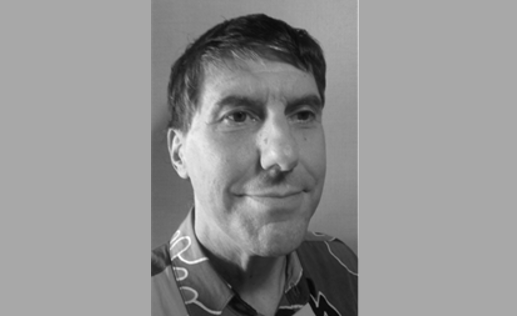
AVİM's Note: In August 2021, AVİM received a letter from Japan that was sent by Iver Torikian, an Armenian whose family once resided in Istanbul. Torikian stated that he wrote the letter because he wanted to inquire the widespread misinformation in Armenian-Turkish relations.
Originating from a scholar of Armenian background, reflecting sincere views in a free environment with an academic objectivity, AVİM has decided to publish the letter in parts over the course of several days. You can read the second part of the letter below.
Iver Torikian (August 2021)
Part Two
Even a cursory review of Turkish history would reveal that there were, in fact, many Armenian fighters in Turkey before and during Turkey’s War of Liberation. There were at least a million Armenians in Turkey before the First World War. Some immigrated to the US or Europe. However, among the young Armenian men of sound mind and body who remained in Turkey, most eventually took up arms for one side or another. Some were in the Ottoman army. Others joined the Russian army, either from the outset of the First World War, or after deserting the Ottoman army. And the rest? Outside of Istanbul, most of the other young Armenian men who could -- and even a small number of Armenian women -- joined one of the many Armenian militias that were roaming eastern Turkey.
In short, the allegiances of Armenians were mixed. It seems that many Armenians, especially the wealthy ones in the cities, were quite content with the Ottoman Empire and their lot within it. Other Armenians supported the Ottoman government but wanted the sultan to carry out reforms that would help Armenians, particular those who lived in rural areas. And then there were Armenians who opposed the Ottoman government wholeheartedly and wanted an independent Armenian state. I have come to the conclusion that the aims of Armenians within the Ottoman Empire were as varied as our many places in society and our many dialects.
Very little of the complexity of that era, however, or of the Ottoman Empire and Armenians' role in that empire, are evident in Khatchadourian's article in The New Yorker. For instance, only once in his entire 19-page article does Khatchadourian mention Armenian fighters. It is in a quote by his aunt, and that is it. Most of the article is only about the death and suffering of Armenians during that period. A person who is neither Armenian nor Turkish might say, "Well, so what? It's just one article." However, Khatchadourian's biased article is representative of most writing by Armenians regarding the events of that era. It still amazes me that it appeared in such a prestigious magazine as The New Yorker. When such writing is all that Westerners are exposed to, the result is an enormous distortion of history.
Khatchadourian's article did not deter me from my plan to write my letter to a newspaper. I figured that my timing was good, because 24 April was approaching. That is the day on which Armenians and their sympathizers hold demonstrations in many large cities around the world, demanding recognition and reparations. I was hoping that my letter would lessen the acrimony among Armenians that these demonstrations bring up. I went online to get more information about these demonstrations, so that I could mention them in my letter. I was not prepared for what I found.
If one does an online search of the word "Armenian," one will soon be led to sites with gruesome photos from over a century ago. On English-language websites, there are photos of corpses lying in piles or helter skelter across fields, and of emaciated women and children, and even of decapitated bodies. According to these websites, they are all photos of Armenians in Turkey in 1915. The photos are often coupled with demands related to the Armenian Cause. Needless to say, these are websites set up by Armenian individuals or organizations, or by their sympathizers. The authenticity of some of these photos at these sites has lately come into question. Most people, however, seem to accept them as authentic.
I think that all educated Turks know that Armenians suffered in great numbers a century ago. There is no need for photos, be they authentic or phony. However, all Turks also know that Turks also suffered in great numbers during that era. I have often wondered why I have never seen similarly gruesome photos from that era of dead or starving Turks. For example, why have I never seen photos of corpses of Turks who were massacred in Bulgaria or Greece a century ago? There have been allegations that some photos that supposedly depict dead or miserable Armenians are, in fact, photos of non-Armenians. However, a more valid reason for the paucity of photos of dead or starving Muslims from that era, I think, is that cameras were owned mostly by Christians, and most Christians were not concerned about the fates of Muslims. Furthermore, as far as I know, all the journalists who were covering the Middle East for Western newspapers then were Christians, and most were biased against Muslims. This was a point made by Edith Durham, a famous British traveler and writer. In her 1905 book The Burden of the Balkans, she wrote the following: "When a Muslim kills a Muslim, it does not count. When a Christian kills a Muslim, it is a righteous act. When a Christian kills a Christian, it is an error of judgment better not talked about. It is only when a Muslim kills a Christian that we arrive at a full-blown atrocity."
In any case, if one continues doing a search on the word "Armenian," with all these websites supposedly showing dead or starving Armenians, one will also find websites of a different kind. These are the ones put up by people and organizations who oppose the Armenian Cause. They have revealed to me things that no Armenian friends or relatives ever told me. It was from these websites that I learned of how some Armenians formed groups and acquired weapons, and colluded with the governments of Russia and other countries. In the same way that non-Armenian men went to Armenian villages and committed violent acts, there were likewise many cases where Armenian men went to non-Armenian villages and committed violent acts. I'm sure that most Armenians ignore these sites and others that show Armenians in a bad light. But I did not ignore them. On the contrary, I was intrigued by all the accounts and arguments that showed me another side to the stories I'd heard all my life.
One of the first of these sites that I came upon in 2015 was that of the Islamic Party of Britain (islamicparty.com). In one part of their site, there's an anonymous comment supposedly written by an Armenian contributor. The contributor says that Turks and Armenians lived in harmony in the Ottoman Empire until Jewish people came and cunningly turned all Turks and Armenians against each other. It is impossible to verify that the person who wrote those words was really Armenian. However, I have come upon anti-Semitic comments by Armenians at various other sites. This particular comment at Islamic Party of Britain’s website made me doubt the validity of everything else at this site. Still, I read on. This was one of the first websites in which I encountered the words "Hunchak" and "Dashnak." I was to learn that the Hunchaks and the Dashnaks were the two Armenian groups most violently opposed to the Ottoman government.
It has become clear to me that knowing about the Hunchaks and the Dashnaks is crucial to any thorough understanding of what we Armenians did and what was done to us over a century ago in Turkey. But as I browsed more sites, I felt overwhelmed. I quickly realized that my knowledge of world history, particularly the First World War, was woefully superficial. I knew nothing about the Triple Entente, or the Sykes-Picot Agreement, or even the major people or battles of the War.
Since 2015, I've done all I can to educate myself about the First World War and also the Ottoman Empire. Both were complicated. It has been relatively easy to get details about all the major battles and official alliances that took place during the War. Likewise, it is easy to find out the names of all the sultans who ruled the Ottoman Empire, along with what are considered their major achievements and failures. What has been much more difficult for me to find out is what most of the common people -- particularly Armenians -- were doing in the Ottoman Empire during the late 19th and early 20th centuries.
There are a few reasons for my difficulty in doing research on Armenians. First, my access to information is limited. The two most active political organizations among Armenians before the First World War were the Hunchaks and the Dashnaks. They both published many documents in Armenian during their heydays, including publications meant for the general Armenian public in Turkey, Russia, and Europe. However, it is not easy to gain access to these documents. Furthermore, even if I could see these documents, I would not be able to read them. Mostly, I blame myself for that, but I also cast some blame on the international Armenian community.
All historians know that in the late 19th century, when the Hunchak and Dashnak organizations were formed, there were great upheavals among the populations of many countries all over the world. In 1867, the Japanese emperor gained power, ending the 700-year reign of the shoguns. In 1871, the Paris Commune was crushed. ln the US, after the Civil War, African-Americans in the southern states gained many new rights and improvements in their lives -- but gradually lost them. From among all these conflicts, one may find translations into many languages of speeches and documents by the participants of all opposing sides. In contrast, most of the documents that were published by the Hunchaks and the Dashnaks during the late 19th and early 20th centuries have not been translated into any language. I believe that this is a deliberate attempt to keep them from the eyes of non-Armenians.
Atatürk introduced the Latin alphabet to Turkey in 1928. Even foreigners who cannot speak Turkish can now read it in a rudimentary way. In contrast, Armenian has its own script. Armenian is not a difficult language to speak, and the Armenian alphabet has only 38 letters. However, as far as I know, very few non-Armenians have ever bothered to learn how to read and write Armenian. This is as true now as it was a century ago. As such, Armenian has served as a kind of secret code language between Armenians. Simply by writing to one another in Armenian, members of the Hunchak and Dashnak organizations were able to conceal their plans from non-Armenians. There was no need for euphemisms or secret code words.
The only danger, of course, was that a fellow Armenian might expose them to the Ottoman authorities. There were a few such Armenians. One was a teacher in Van named Tigran Armirdjanian. Serving as the provincial translator from 1893 to 1897, he translated into Turkish the Armenian documents brought to him by the Ottoman authorities. Naturally, the Hunchaks and the Dashnaks did not approve of Armirdjanian's assistance to the authorities, and they reportedly tried many times to kill him. It seems that they did not succeed.
Sadly, cases of Armenians killing or trying to kill other Armenians for perceived betrayals were quite common over a century ago in the Ottoman Empire. One such assassination that was successful was that of Bedros Kapamajian, who was the mayor of Van. On 12 December 1912, as he was leaving his house and getting into his carriage, he was shot dead by two Dashnaks. Both of those Dashnaks were arrested, along with a few other Armenians, including Aram Manukian. Manukian is a well-known figure among Armenians. When the Russian army invaded and occupied Van in 1915, Manukian was chosen by the Russians to be the governor of Van.
More recently, assassinations of Armenians by other Armenians have occurred even outside of Turkey. Perhaps the most notorious of such incidents was the murder of an Armenian bishop named Levon Tourian in New York on 24 December 1933. Nine Dashnaks in the US were convicted of complicity in the killing.
Nowadays, Armenians who are considered traitors are usually not killed by other Armenians. Instead, they are denounced and ostracized. Meline Toumani, an Armenian American, is one such person. In 2014 she published a book titled There Was and There Was Not in the US. It recounted her experiences of moving to and living in Istanbul, and she wrote about Turkish people in a favorable way. For this, she was criticized in Armenian publications and online. If this essay that you are reading now gets widely circulated, I expect that I will also be denounced by other Armenians. (2/5)
© 2009-2025 Avrasya İncelemeleri Merkezi (AVİM) Tüm Hakları Saklıdır
Henüz Yorum Yapılmamış.
-
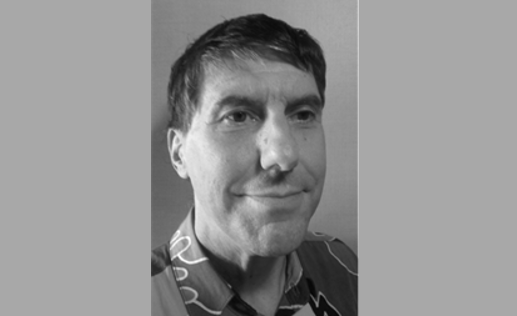 STRATEGICALLY MUM: THE SILENCE OF ARMENIANS (PART THREE) - 08.2021
STRATEGICALLY MUM: THE SILENCE OF ARMENIANS (PART THREE) - 08.2021
Iver TORIKIAN 23.11.2021 -
 STRATEGICALLY MUM: THE SILENCE OF ARMENIANS (PART TWO) - 08.2021
STRATEGICALLY MUM: THE SILENCE OF ARMENIANS (PART TWO) - 08.2021
Iver TORIKIAN 18.11.2021 -
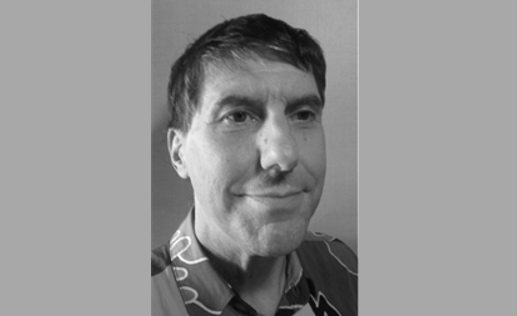 STRATEGICALLY MUM: THE SILENCE OF ARMENIANS (PART ONE) - 08.2021
STRATEGICALLY MUM: THE SILENCE OF ARMENIANS (PART ONE) - 08.2021
Iver TORIKIAN 15.11.2021 -
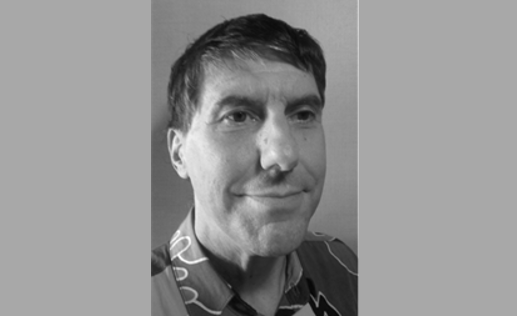 STRATEJİK SUSKUNLUK: ERMENİLERİN SESSİZLİĞİ (ÜÇÜNCÜ BÖLÜM) - 08.2021
STRATEJİK SUSKUNLUK: ERMENİLERİN SESSİZLİĞİ (ÜÇÜNCÜ BÖLÜM) - 08.2021
Iver TORIKIAN 23.11.2021 -
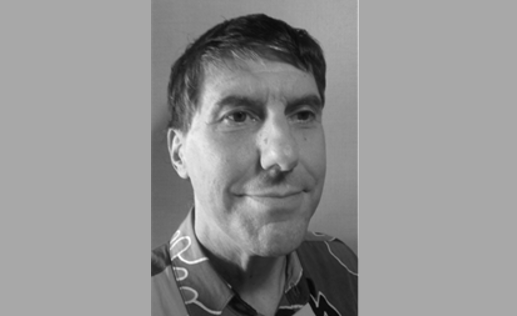 STRATEJİK SUSKUNLUK: ERMENİLERİN SESSİZLİĞİ (İKİNCİ BÖLÜM) - 08.2021
STRATEJİK SUSKUNLUK: ERMENİLERİN SESSİZLİĞİ (İKİNCİ BÖLÜM) - 08.2021
Iver TORIKIAN 18.11.2021
-
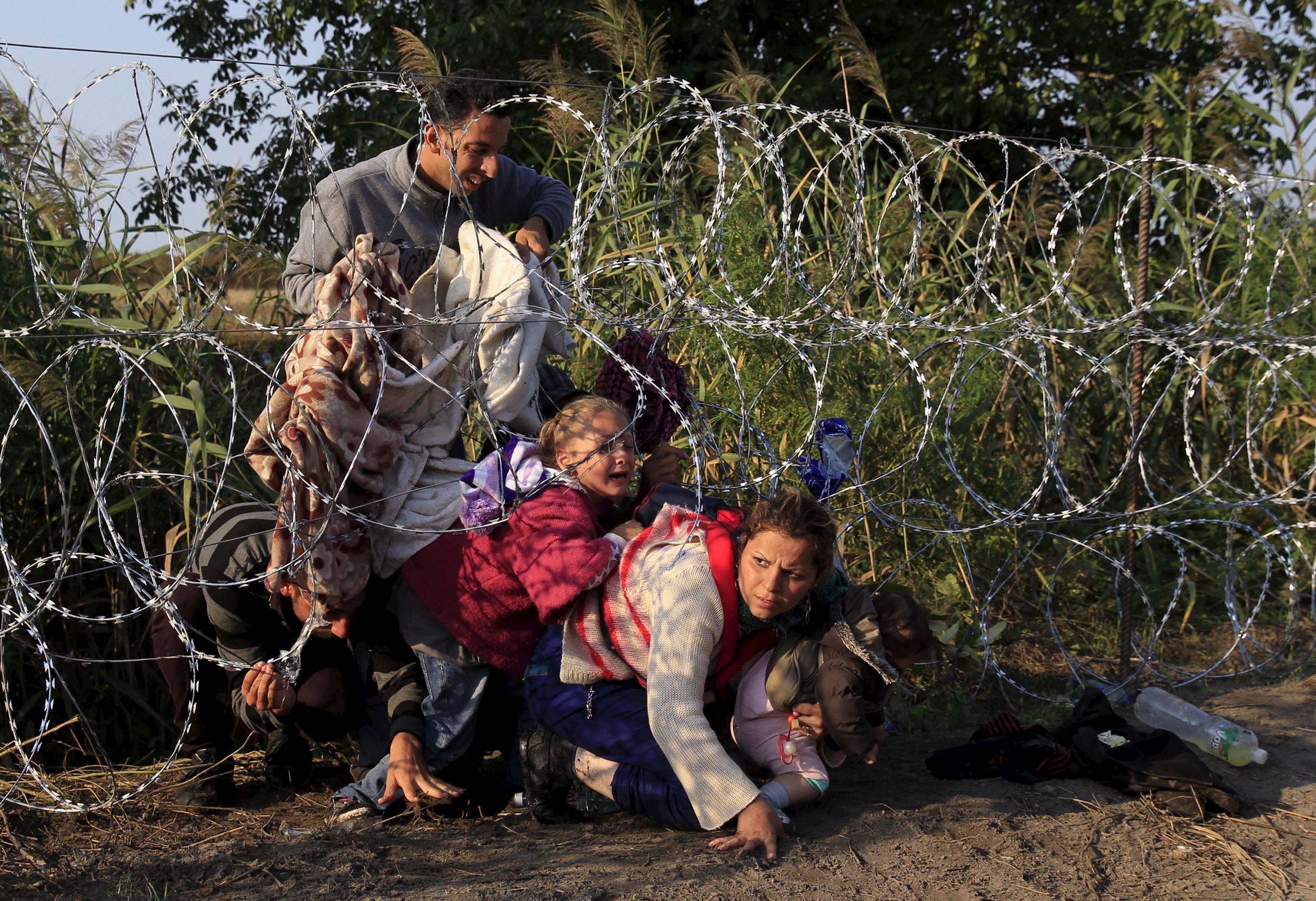 MIGRANT POLICY OF EU THAT TURNS INTO A CRISIS
MIGRANT POLICY OF EU THAT TURNS INTO A CRISIS
Merve ÖNENLİ 17.03.2017 -
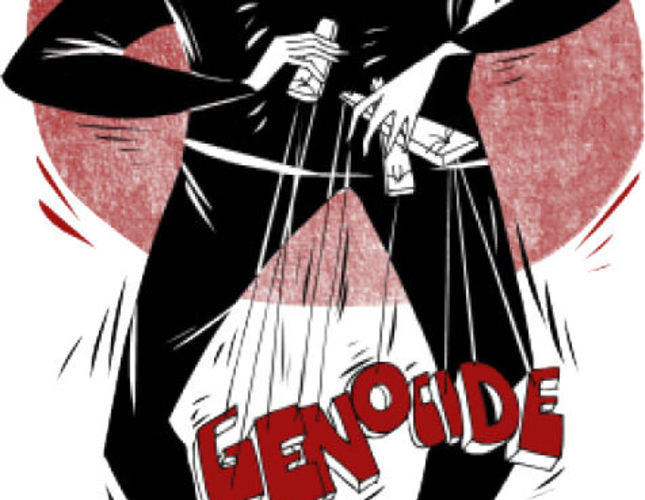 ABD'YE BİR SUÇÜSTÜ DAHA! - YENİÇAĞ - 23.01.2018
ABD'YE BİR SUÇÜSTÜ DAHA! - YENİÇAĞ - 23.01.2018
Arslan BULUT 23.01.2018 -
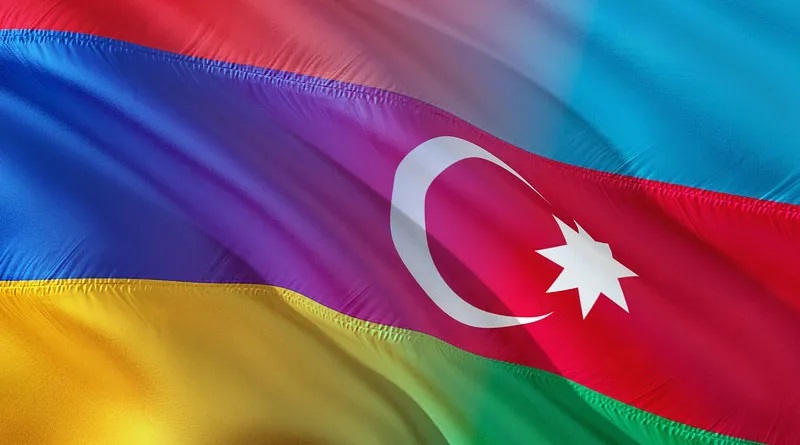 ENDING THE KARABAKH CONFLICT OPENS THE WAY FOR PEACE IN THE SOUTH CAUCASUS - EURASIA REVIEW - 30.10.2023
ENDING THE KARABAKH CONFLICT OPENS THE WAY FOR PEACE IN THE SOUTH CAUCASUS - EURASIA REVIEW - 30.10.2023
Taras KUZIO 31.10.2023 -
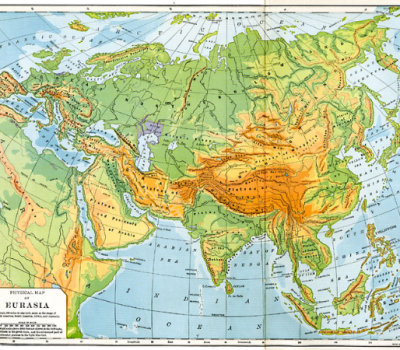 IS EURASIANISM A MONOLITHIC CONSTRUCT? - 19.01.2024
IS EURASIANISM A MONOLITHIC CONSTRUCT? - 19.01.2024
Teoman Ertuğrul TULUN 22.01.2024 -
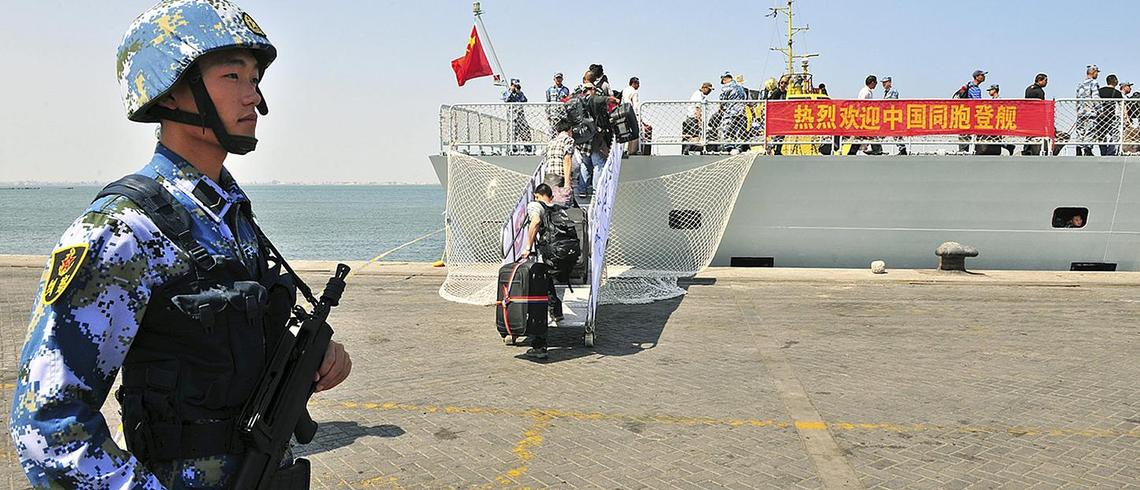 DOĞU AKDENİZ’DE ÇİN - 19.11.2021
DOĞU AKDENİZ’DE ÇİN - 19.11.2021
Deniz ÜNVER 19.11.2021


